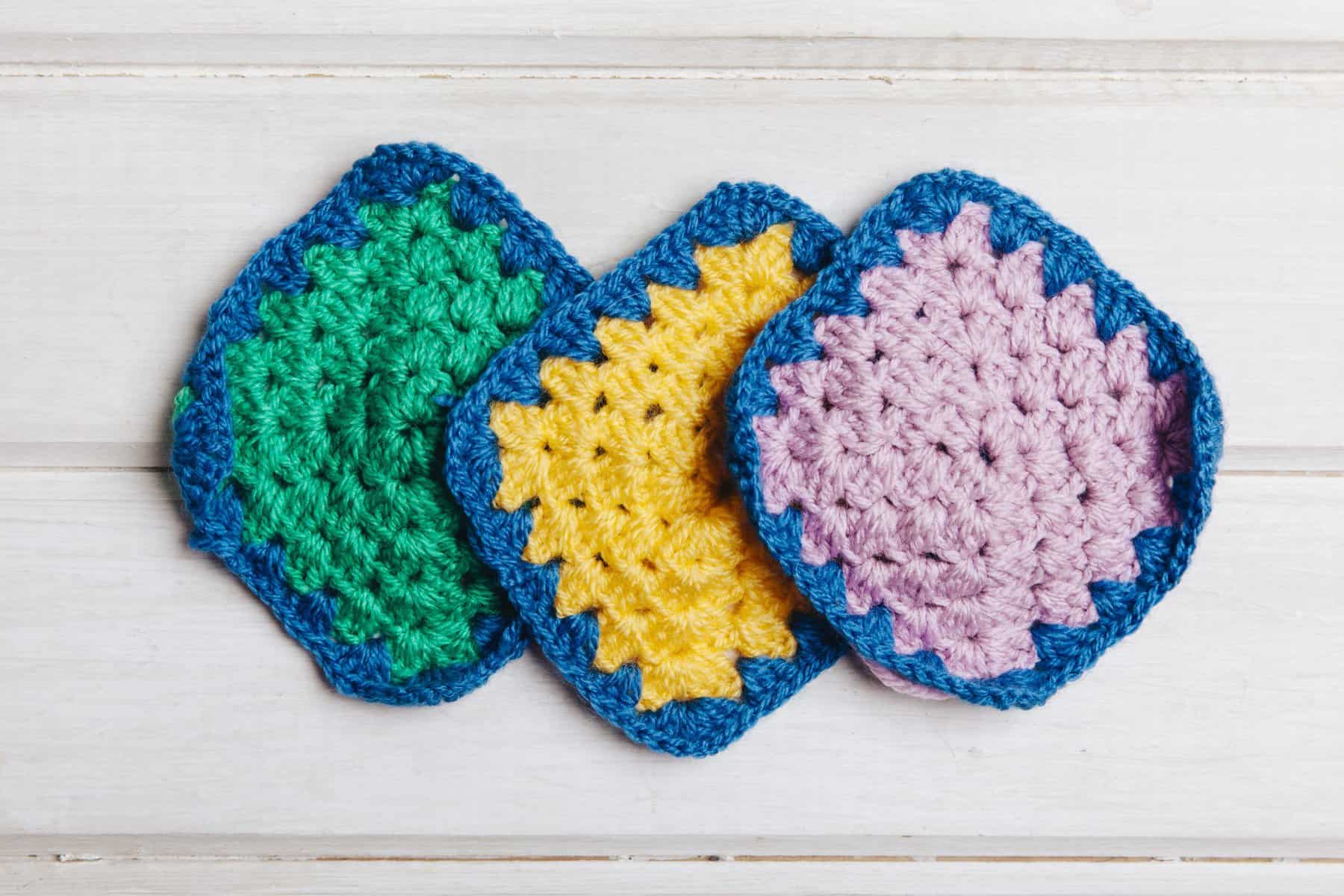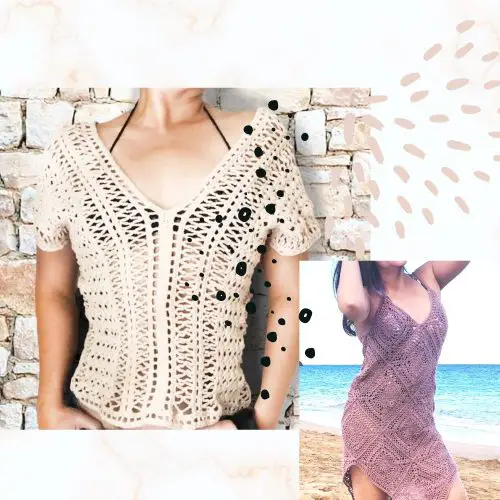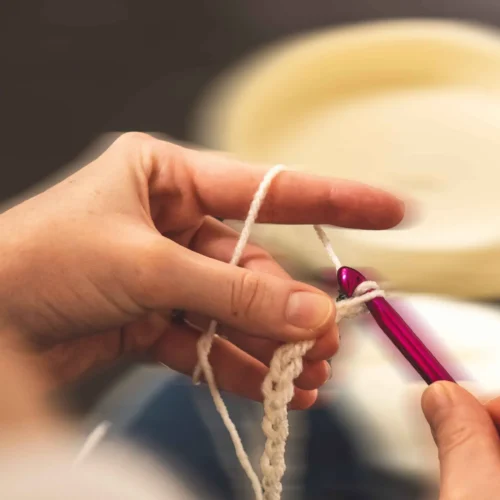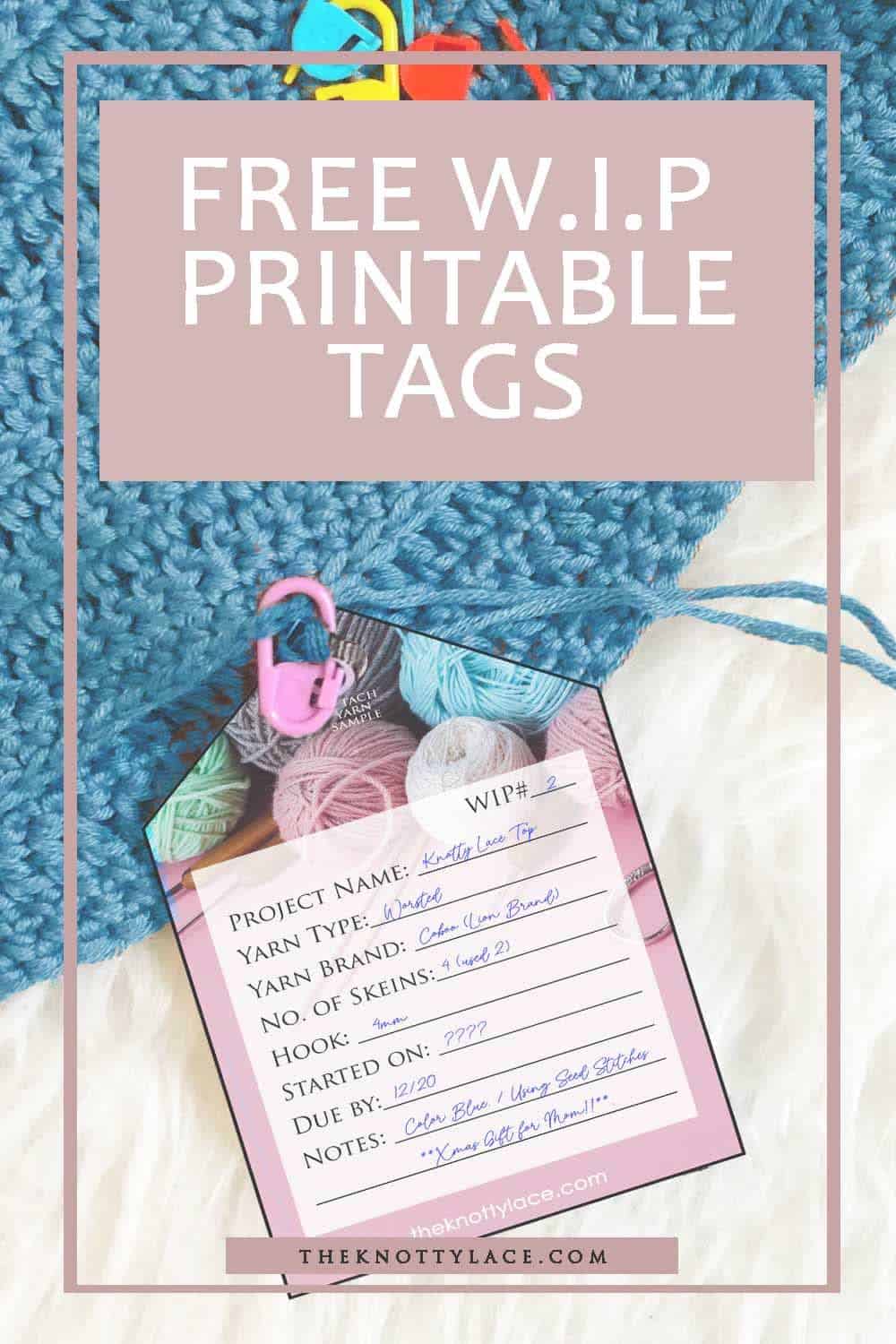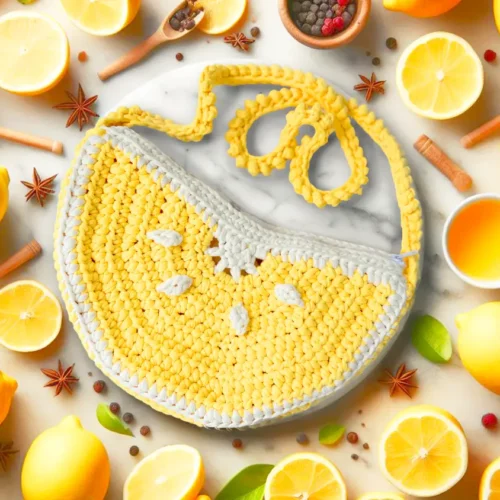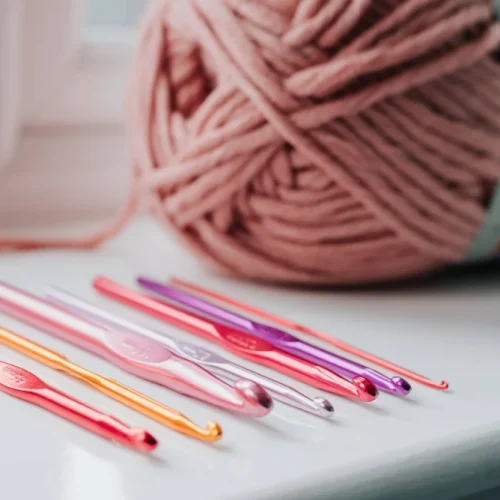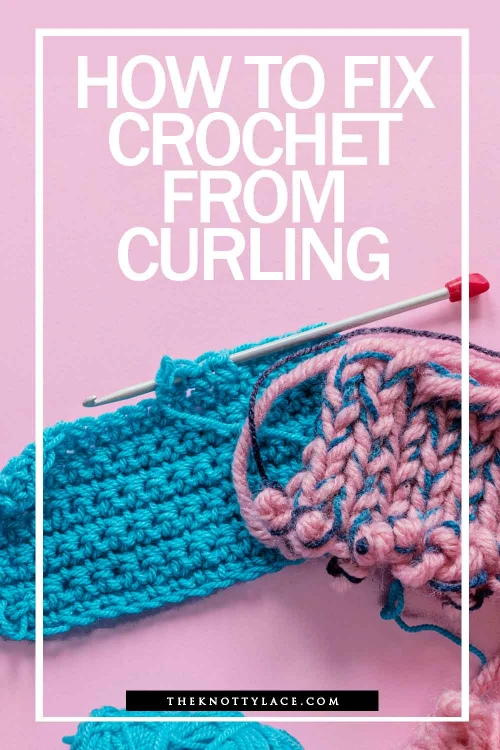
One common problem many crocheters face when working with specific stitches is the curling of their work.
Curling can be a deterrence to the overall look of your crochet projects and make it challenging to achieve a flat and polished finish.
The good news is, there are several techniques you can employ to prevent your crochet stitches from curling and keeping them flat for good.
I have some great tips and techniques ranging from adjusting hook size to choosing the right yarn, plus much more.
5 Crochet Tips & Short Cuts - Video Tutorial
If you would like to see more video tutorials like this you can check them out here on the blog or Subscribe to my Video Channel on YouTube.
This post may contain affiliate links designed to provide a commission on purchases made at no cost to you. As an affiliate, I earn from qualifying purchases that support my work in providing new content and information on this site.
Now, let’s go through each item below and identify which one of these common issues could be the main problem causing curling edges in our crochet stitches.
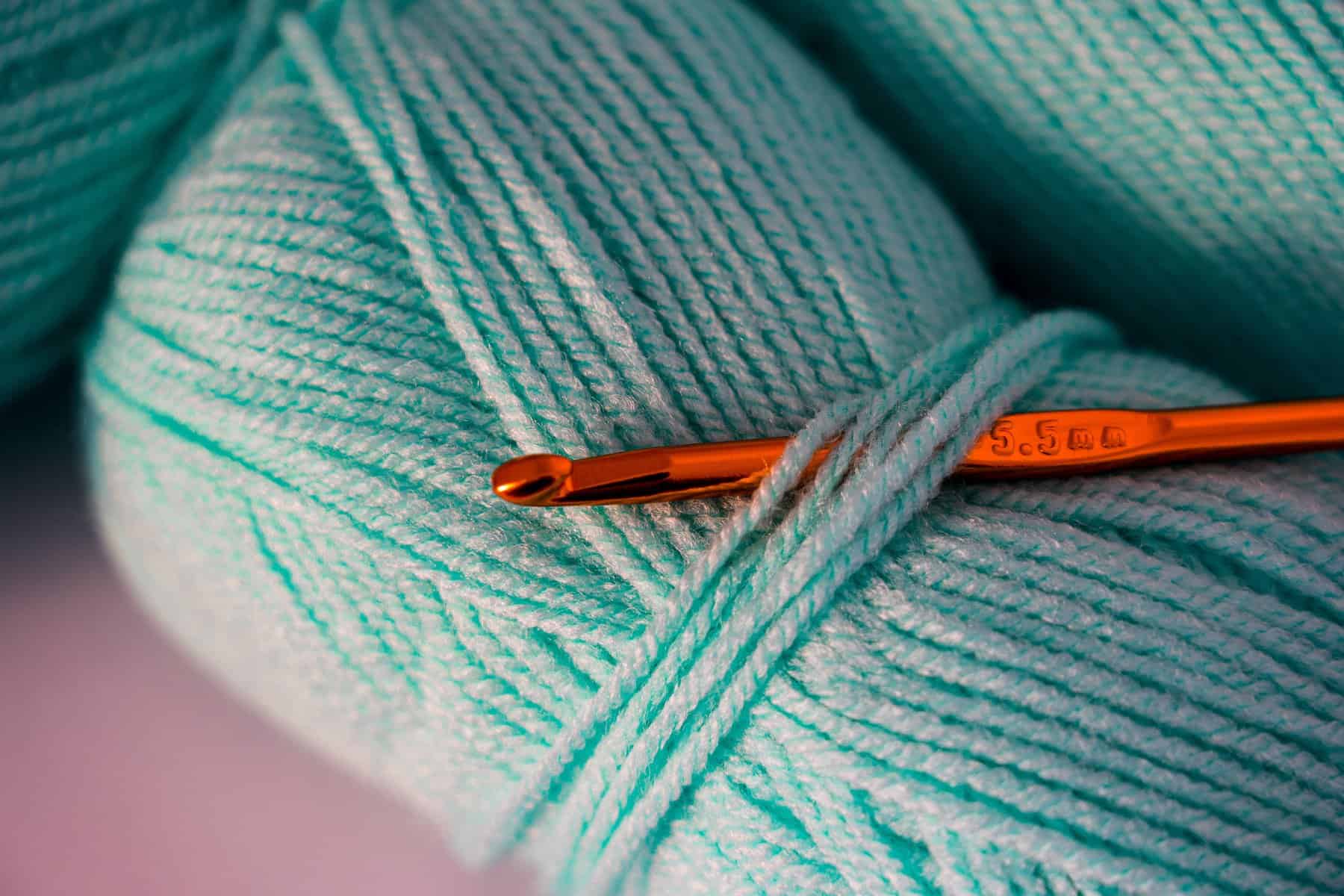
1. Hook size: The first thing to identify is your crochet hook size against your yarn weight. Most yarn skeins will come with the recommended hook size on their yarn label.
However, the most common reason for a curling crochet project is stitching too tight. Sometimes switching to a bigger crochet hook size can make a significant difference in reducing crochet curling.
By crocheting with a larger hook, you create looser stitches that have more space to relax and allow your project to lay flat. And if you notice your project feeling stiff, that could easily be an indication that your stitches are too tight.
Experiment with different hook sizes to find the one that works best for your tension and yarn type. Keep in mind that using too large a hook may result in a looser fabric, so strike a balance that gives you the desired effect.
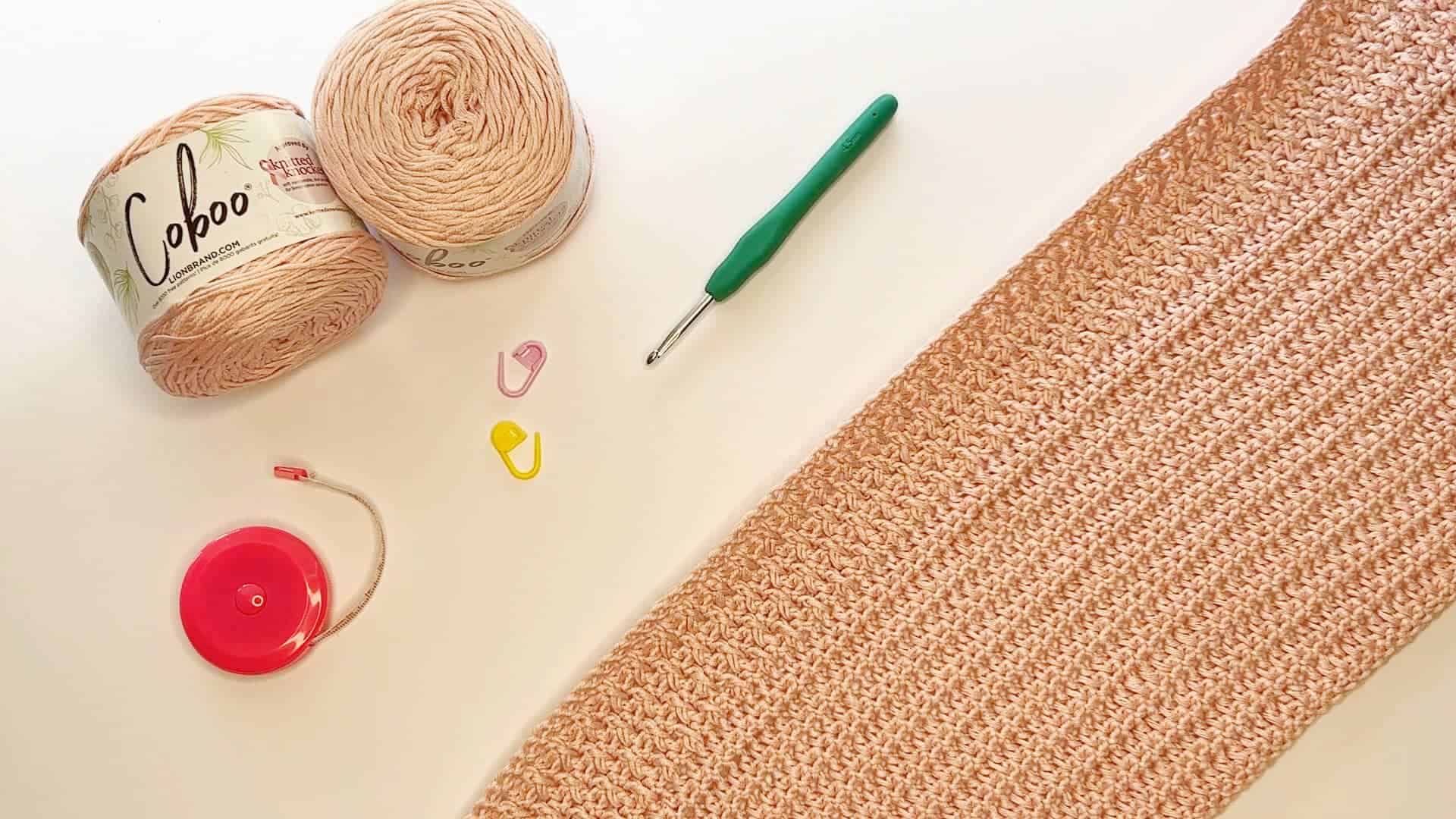
2. Use a different stitch for corner rows: Sometimes, changing the type of stitch on the first stitch and the last stitch can help counteract curling issues. For example, you can start your project with a foundation chain of single crochet stitches instead of the usual starting row of that specific stitch/pattern.
Alternatively, you can end your project with a row of slip stitches, which can help create a more stable edge.
Adding a border to your crochet edges can stabilize and reduce curly edges. A simple border of single crochet stitches worked evenly around the edges can work wonders.
This border acts as a supportive framework, preventing the edges from curling inward.
Alternatively, you can experiment with more decorative borders like shells or picots, which can add both style and functionality to your work. Give it a try and see the edges smoothen out.

3. Maintain even height: Sometimes when there is more than 1 stitch type per row, the height of each stitch can vary causing curling issues as well.
For example, in the Alpine Stitch, in order to maintain the same height throughout, you would need to pull the front post double crochet stitch higher to maintain the same height as the half double crochet stitch that sits at the top.
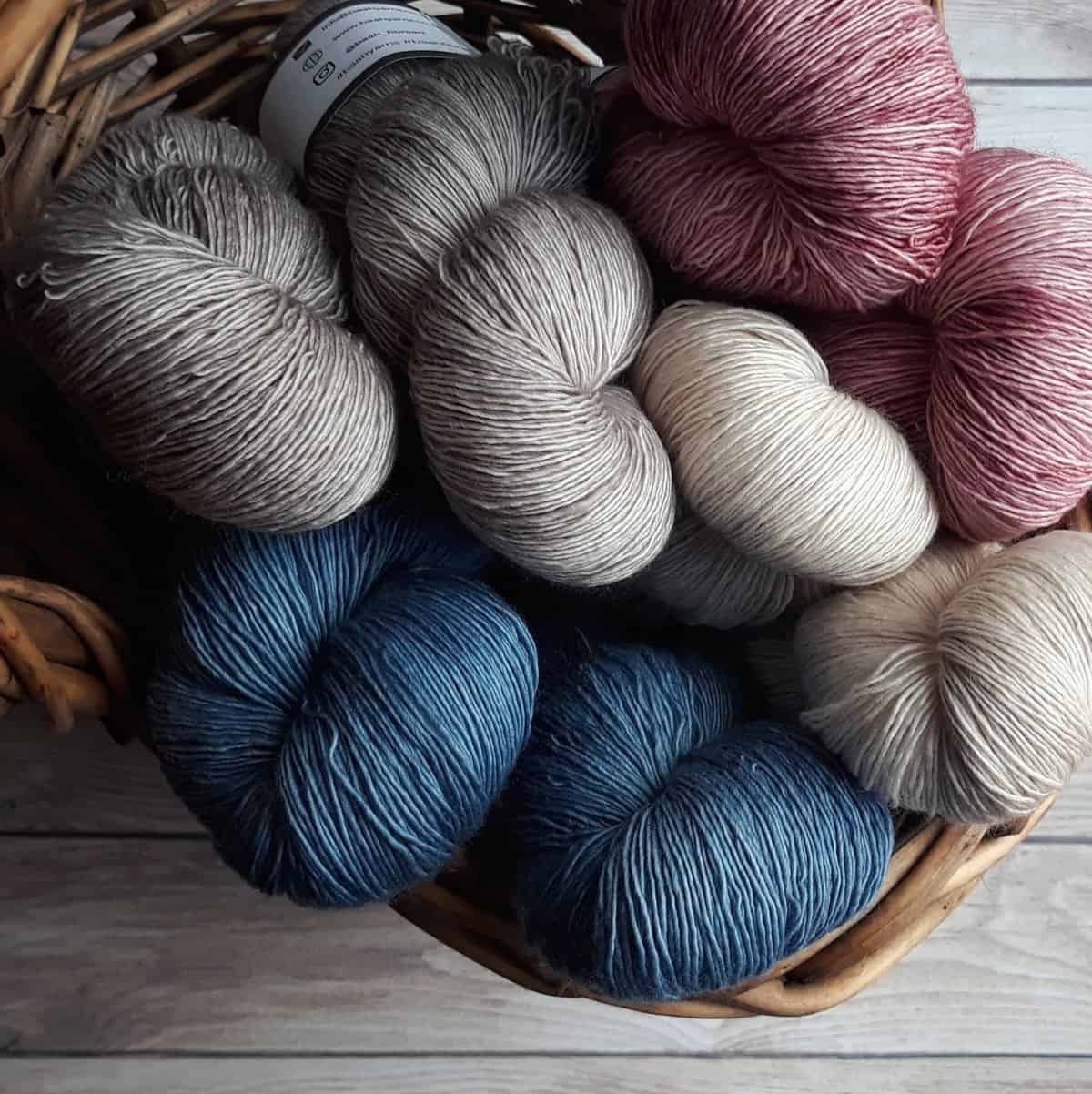
4. Type of yarn: The choice of yarn plays a crucial role in the curling occurrence of your stitches. The yarn weight and yarn fiber are both equally important. Some yarn fibers have a natural tendency to curl more than others.
To minimize curling, consider using yarn with less elasticity, such as cotton or linen yarn. These fibers provide more structure and stability to your work.
Additionally, opting for blended yarns that combine natural fibers with synthetic materials like acrylic yarn or nylon can also help reduce curling while providing added durability and resilience.
5. Block your project: Blocking is a crucial technique that can help straighten out your crochet work and minimize curling. It involves shaping and setting your project using water and/or steam.
Wet blocking entails soaking your finished piece in water, gently squeezing out the excess moisture, and then pinning it into shape on a blocking mat or a foam sheet. Allow it to air dry completely.
Steam blocking, on the other hand, involves using a steam iron or garment steamer to lightly steam the project while shaping it. Blocking relaxes the fibers, helping them settle into a flat position.
Related Post:
2 Easy Ways to Crochet the Magic Ring/ Magic Circle
How to Join in the Round Seamlessly
Stitch Culprits:
Both Alpine stitches and Tunisian stitches can be prone to curling due to the nature of their stitch construction and tension. Let’s explore why these stitch culprits curl when crocheting.
Alpine Stitches:
Alpine stitches consist of various stitch heights, such as single crochet, half double crochet, and front post double crochet. The alternating heights and textures create a visually appealing pattern, but they can also contribute to curling. Here’s why:
– Tension Variations: Different stitch heights have varying tensions, which can cause the fabric to pull unevenly. This imbalance in tension can result in curling along the edges of the Alpine stitch pattern.
– Lack of Stability: The front post double crochet stitches, which create raised texture, tend to push the fabric forward. This forward push can cause the edges of the project to curl inward, especially if the tension is not consistent throughout the work.
Tunisian Stitches:
Tunisian crochet is a technique that combines elements of both crochet and knitting. It involves using a specialized hook with an extended length to work stitches onto the hook and keep them there until completing the row. Tunisian stitches can curl due to the following reasons:
– Tight Tension: Tunisian crochet stitches often require a tighter tension to maintain the structure of the fabric. This tight tension can contribute to curling, especially when combined with specific stitch patterns or variations.
– Lack of Stretch: Tunisian crochet fabric typically has less elasticity compared to regular crochet. This lack of stretch can make the fabric more prone to curling, especially along the edges.
Both Alpine stitches and Tunisian stitches can curl due to tension variations, stitch construction, and fabric characteristics.
By understanding these factors and applying techniques like adjusting hook size, blocking, adding a border, and ensuring consistent tension, you can minimize curling and achieve beautifully flat results effortlessly.
Join Our Mailing List
If you would like to receive free written patterns and video tutorials straight into your inbox, just click Subscribe to get into our mailing list.
What about Working in the round?
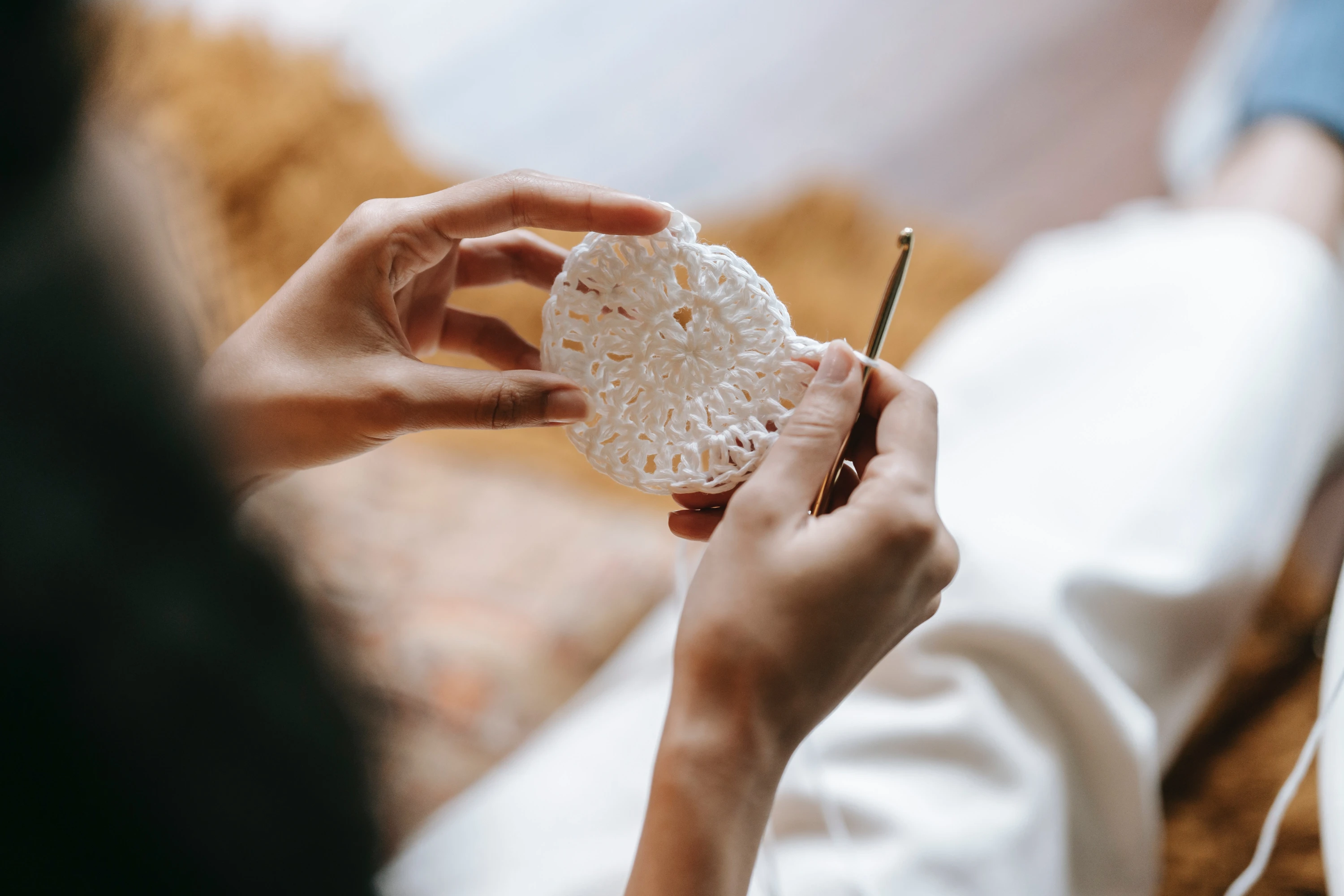
Whether you’re working on granny squares or perhaps making a coaster, getting that flat crochet circle is crucial. The key to working in the round is adding the correct number of stitches on each row.
For example in my Crochet Beach Bag free pattern tutorial, to work up a flat base, I will start by working a fixed number of stitches on my first row. Let’s say 10 stitches.
After working on your magic ring or magic circle, go ahead and work 10 double crochet stitches. In the next round, you will be doing increases by working 2 stitches (increase) into each of those 10 stitches.
On the 3rd round, you will continue to add 1 double crochet stitch to each increased stitch.
This means you will be working on 1 double crochet stitch followed by an increased stitch in the round.
On your fourth round, you will be working 2 stitches followed by the increased stitch in the round. And you will continue to add 1 stitch count on every subsequent round.
You can also use stitch markers to mark each increased stitch as your project get bigger. And by doing so, will ensure you get an even and flat circle on every turn.
Swatch, Swatch & Swatch
Making a small swatch before diving into your main project can be a smart strategy to test for curling and make necessary adjustments.
Start by crocheting a small sample using the stitch pattern you plan to use for your project. This swatch will help you determine if the stitch pattern is prone to curling and allow you to make any necessary modifications.
Since it is always best to make a gauge swatch before any project anyways.
Once you complete the swatch, examine its edges to see if they are curling inward or outward. If curling is present, you can apply the aforementioned techniques like adjusting hook size, blocking, adding a border, choosing the right yarn, and varying stitch height to rectify the issue.
Incorporating the step of making a small swatch into your crochet process can greatly contribute to preventing curling and achieving a professional finish.
This preemptive approach allows you to troubleshoot any curling problems on a small scale before committing to a larger project.
Take the time to test your stitch pattern, make necessary adjustments, and set yourself up for success before embarking on larger crochet endeavors.
Final Note:
Overall, curling stitches can be a common frustration in crochet projects, but with the right techniques, it’s possible to achieve flat and polished results.
By adjusting your hook size, blocking your work, adding a border, selecting the appropriate yarn, and varying stitch height, you can prevent curling and create stunning crochet pieces that lay flat and showcase your skills.
So, pick up your hook, implement these techniques, and enjoy the process of creating beautiful and curl-free crochet projects today.
Let me know if you have any other ideas you would like for me to share.
Happy Hooking
Shaz 🧶

